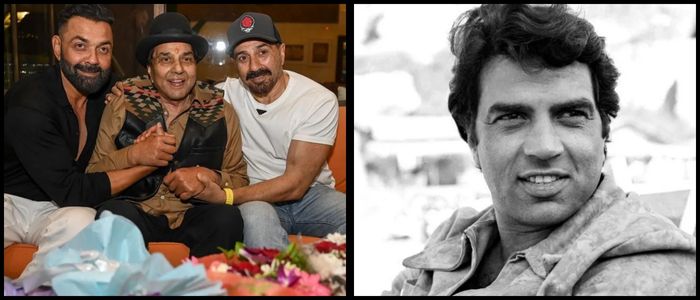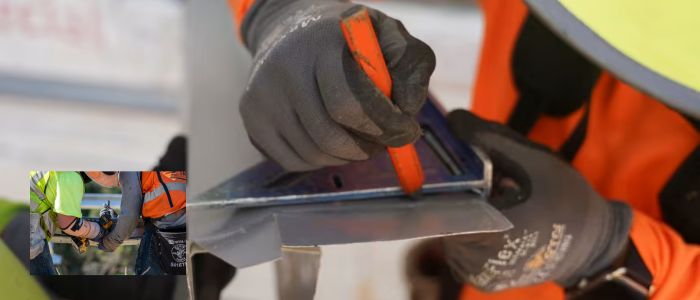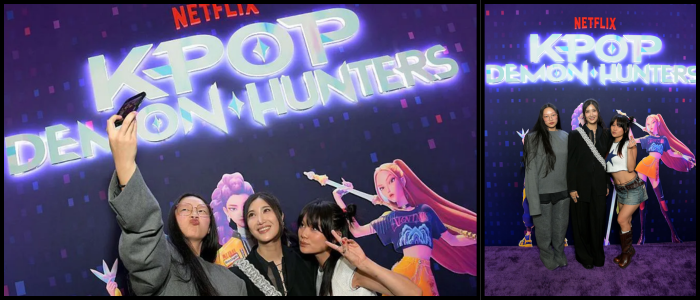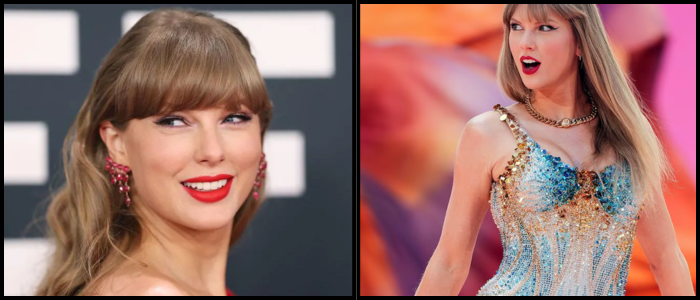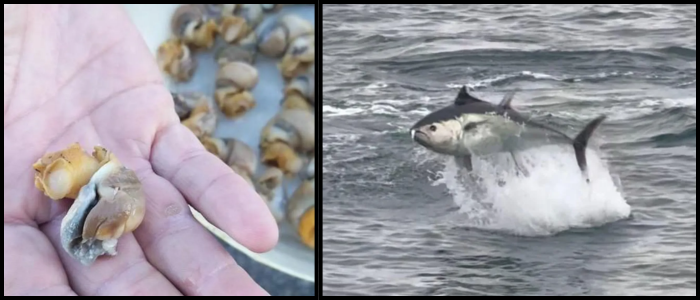This story, sparked by a 1967 rumor, was also perfectly suited to the image of Disney as the embodiment of idealized, unwavering joy. The notion of a man so obsessed with saving his vision that he would try to outwit death itself sounded feasible. But that has long been debunked as a mythDisney was cremated after he died, and his family has vehemently denied that cryogenic story.
This myth is now being resurrected in a new way, with an upcoming Disneyland ride called “Walt Disney – A Magical Life,” which will include a mechanical Walt Disney bust. The idea is to make guests feel like they could have been sitting in Walt’s presence, said Josh D’Amaro, who chairs Disney Experiences. However, not everyone is in agreement with this direction.
In a Facebook post, Disney’s granddaughter Joanna Miller condemned the proposal, which she said dehumanizes her grandfather. “No machine would capture his human essence, his way of speaking or his excitement,” she objected, regarding it as an imposter with no soul.
Transhumanism: Sci-Fi Visions Of Future Tech No Longer Imaginary Prospects Fear of resurrecting the dead is no longer science fiction. They mirror a wider cultural change in which a transhumanist ethos — the belief that one can use technology to extend or enhance human life — is gaining traction. This very idea is at the cutting edge of the movie Mountainhead, based on the premise of a tech billionaire, played by Steve Carell, scrambling to escape death via super-technology.
The story is set in a world influenced by AI and misinformation, and it examines how aspirations of technology can refract mortality.
These ideas of course have long held a fascination for filmmakers. Fritz Lang’s Metropolis, nearly 100 years ago, laid the groundwork for imagining shifting existence from the biological to the mechanical. Subsequent films such as 2001: A Space Odyssey, The Matrix, RoboCop, Blade Runner – each illuminate a particular angle on the synthesis of human and machine.
Some saw it as a quest for immortality or a form of punishment or a representation of class divide. That was in lighter movies like Her, which considered the emotionally fallout of human-AI relationships.
The Present Is Catching Up With Fiction While some film treatments of transhumanism tanked (The Lawnmower Man, Transcendence, Bicentennial Man), many fictional ideas now seem almost eerily plausible. Elon Musk’s Neuralink has sparked controversy, with academics arguing that its glimpse of what humanity might one day become suggests that there are plenty of humans today who are disposable.
Survival is only important to very few,” one academic said, suggesting this may justify extreme measures to sustain the goal of technological eternity.
The AI era is picking up the pace. Speech synthesizers, facial recognition, and neural implants are already here. Even podcasts are peppered with AI-generated voices of dead celebrities, such as the jolted-to-life Michael Parkinson on Virtually Parkinson, prompting one to wonder where it could all end. Meanwhile, by now the future of iconic sci-fi worlds like Blade Runner (2019) and Soylent Green (2022) is our past. We’re not interspersed with machines, but we’re closer than we ever were.
Yet the concept of resurrecting a beloved public figure decades after death to hawk a brand is still quite singular. This may not be science fiction any longer. The boundaries between memory, identity and commercial legacy are being erased in ways that test our assumptions about life, death and what it means to be truly alive.
Entertainment
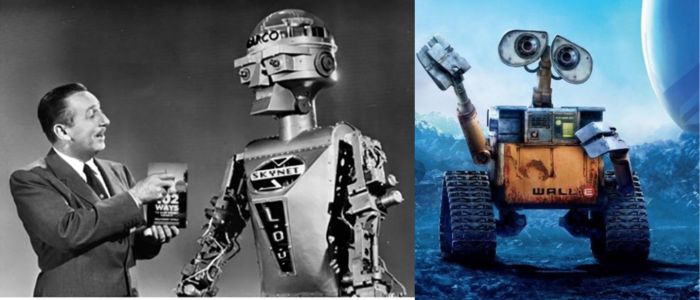
Walt Disney robot revival fuels transhumanism in film culture

The Disney Resurrection Myth and Its Late-Century Revival There was a popular belief over the course of several decades that spaced out of Walt Disney’s death, he was actually frozen cryogenically and that he would be thawed out in the future by science.





